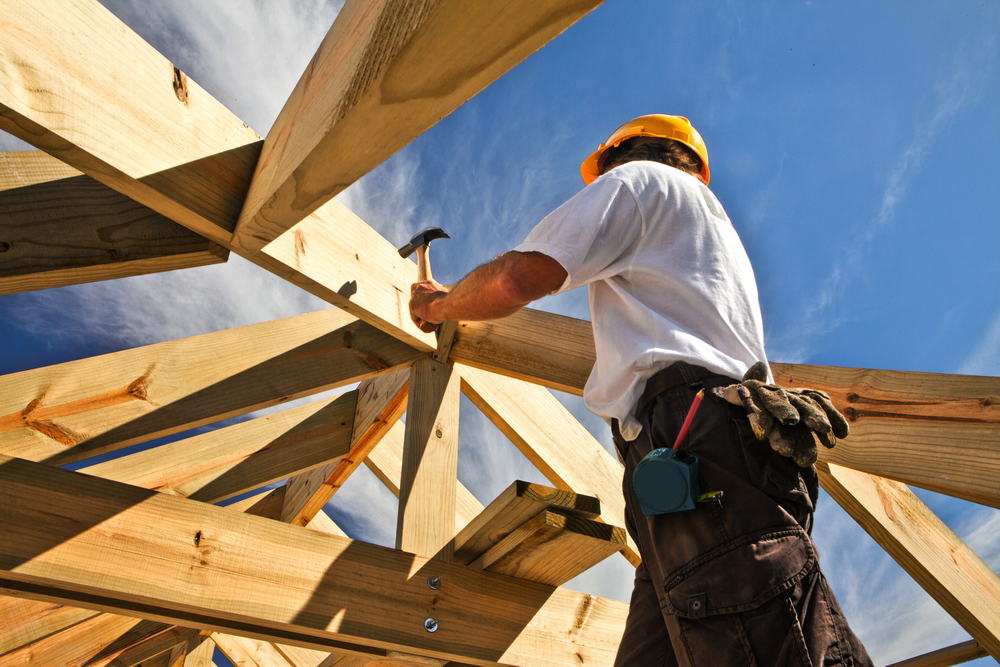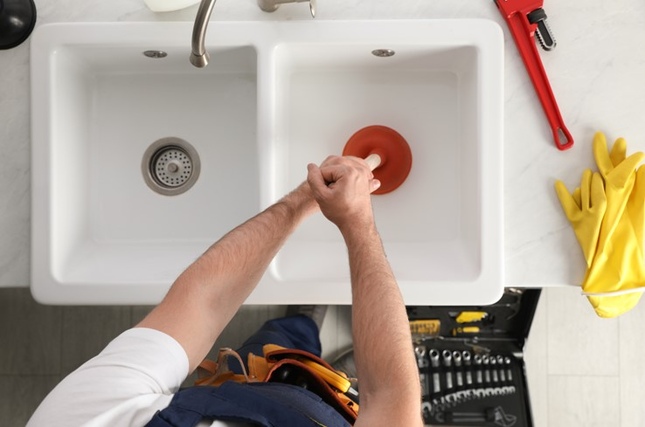Ingenious Connections: The Backbone of Structural Integrity
On the surface, connections in structures like buildings and bridges seem simple – just pieces of material fastened together. But concealed within those joints is incredible engineering ingenuity. The right connections distribute stresses safely, accommodate forces, and withstand decades of environmental assault. Examining the connections underlying structures reveals clever solutions evolved over centuries of experimentation and refinement.
Mortise and Tenon Joints in Traditional Woodworking
Long before modern fasteners, wood joinery techniques created sturdy architecture. One enduring example is the mortise and tenon joint, consisting of a slot (mortise) into which a protruding member (tenon) is inserted. The tension between these interlocked wooden components resists bending and shearing forces.
Traditional wood joinery flourished by combining intricate handiwork with inherent material strengths to construct shelters and furnishings. The integrated nature of these joints exemplifies the spirit of crafting harmonious, holistic structures from the ground up.
Rivets in Early Iron and Steel Construction
The advent of iron, and then steel building, enabled new structural feats, but also new challenges in connecting these materials. Enter the humble steel rivet, which addressed many early hurdles. Hot riveting fused steel plates and structural members using heat and pressure to deform the rivet shank, permanently clamping components without welds or bolts.
Though primitive by today’s standards, riveting proved fundamental to building bridges, skyscrapers, and the entire industrial revolution. Rivets exemplify ingenious connections evolving to transform what steel structures could achieve.
Screws for Precision and Flexibility
Beyond permanence, an ideal connection permits adjustment, disassembly, and preservation of integrity over time. This is embodied in the threaded fastener, which achieves adjustable precision grip far exceeding nails or glue. The experts at SPAX.us explain that screws lend critical control across scales from delicate electronics to massive steel beams and trusses.
Capable of clamping force or movement modulation, screws accommodate many needs. Their flexibility empowers designers and builders to balance immense loads and dynamics safely. Both humble and high-tech, screws create orderly connections amid chaos.
Adhesives for the Modern Age
In recent decades, adhesives have expanded connection possibilities as never before. Epoxies form chemical adhesion strong enough to replace welds and bolts. Acrylics facilitate rapid inexpensive bonding with flexibility. Carefully engineered adhesives optimize substrates from wood to cement and plastics.
Connections consequently adapt seamlessly to modular construction, accelerated techniques, and eco-friendly materials. Adhesives even enable new genres of architecture dependent on their qualities. Continued innovation promises connections customizable to any structural application.
Integrating Safety and Sustainability
Beyond enabling bold new structures, today’s connections also focus on longevity and lifecycle impacts. Safety and sustainability now drive materials and fastener choices.
Designers select construction techniques balancing structural needs with environmental sensitivity. Adhesives often replace toxic solvents. Composite lumber and recycled steel replace old-growth harvesting. Renewable, ethical material sourcing preserves nature’s balance.
Connections also now accommodate seismic dynamics and wind shear. Rigorous structural analysis and testing validates designs before construction begins. Building information modeling considers forces and flows holistically. The right combination of techniques unite optimized components cleanly.
And future-focused connections facilitate deconstruction and reuse when useful life concludes. Designed-in material recovery simplifies subsequent iterations. True sustainability considers the total lifecycle.
Through thoughtful choices, builders now erect structures answering present needs while stewarding resources for generations unborn. Connections linking past and future grow more elegant every year.
Conclusion
Behind the countless shapes human ingenuity builds lies a legacy of connection expertise. Mortise and tenon joints show craft at its purest. Rivets and screws unified early industrial pursuits. And novel adhesives transform possibilities today. The present opens new frontiers, as each connection technology improves what we engineer and construct. When next admiring a bridge or skyscraper, consider the problem-solving connections that quietly make it all possible.







